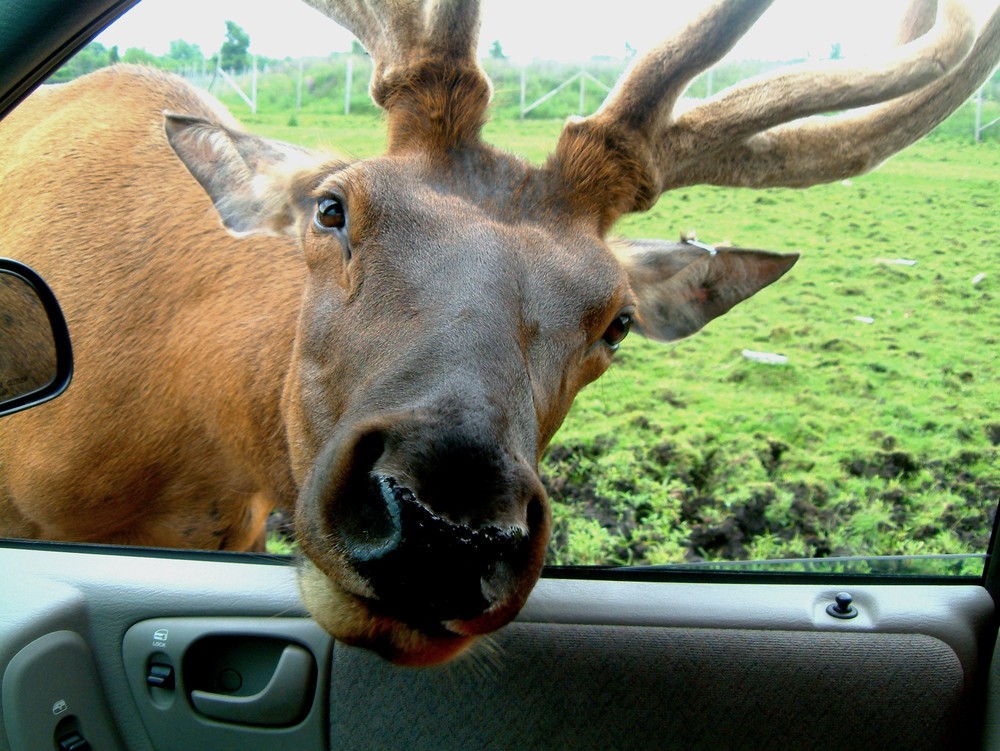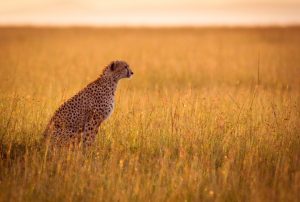Don’t Feed the Animals!
More than any other continent, Africa boasts the most spectacular selection of indigenous wildlife, including elephants, giraffes, lions, leopards, and rhinoceroses, among countless other examples.
For this reason, Africa continues to draw visitors from all over the world. For many, the African safari is the ultimate dream vacation.
But anyone planning to go on safari in Africa must remember one important rule of thumb; don’t feed the animals, as this can be dangerous both for you and them.
For one, human food (especially junk food) can be bad for the animals and could cause them to suffer health problems.
What’s more, feeding the animals tends to erode their natural fear of people. If they pick up the habit of ‘begging’ for food, they could end up posing severe risks to future safari-goers.
Feeding from vehicles can also pose risks to the animals themselves, who might end up being hit by buses or cars. For this reason, it’s best to view these majestic beasts from a relatively safe distance.
As a precaution, many safari-goers choose to have the windows of their vehicles tinted, which can be done cheaply and easily through services such as evofilmshop.com, among others.
Finally, animals that depend on people for food can inadvertently pass disease from one to another. Competition between animals for food handouts can also prompt them to fight with each other, thus causing them serious injury.



















